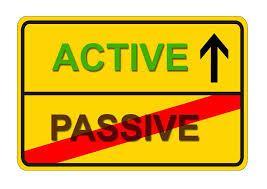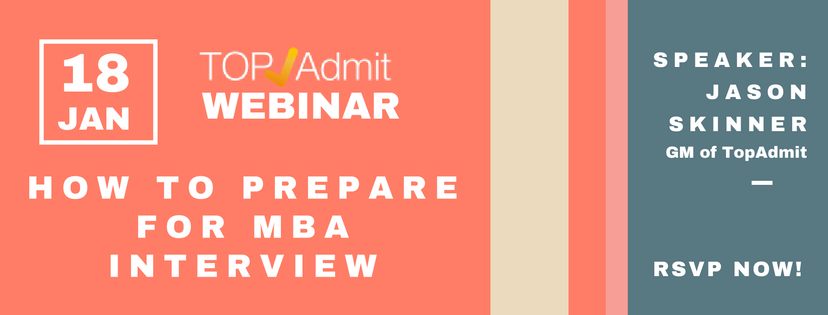by Ellen Smith (Senior TopAdmit editor)
Admissions committees are always on the lookout for confident, capable applicants. One of the best ways to demonstrate these qualities in an essay or personal statement is through the use of the active voice. By using the active voice when sharing personal stories, goals, and future plans, your essay will take on an assertive, confident tone.

Active versus Passive Voice
Simply put, whether a sentence is written in active or passive voice depends on the subject. When the subject of the sentence performs the action, the sentence is written in the active voice. For example, “I led a campaign to end world hunger.” In this sentence, the writer led the campaign. However, when the subject of the sentence receives the action, the sentence is written in the passive voice. For example, “A campaign to end world hunger was my first leadership experience.” The emphasis is on the campaign rather than on the writer’s leadership.
Why should I use the active voice?

Using the active, rather than passive, voice is most common in English writing and speaking. The active voice is generally more straightforward and gives the writer a more confident and assertive tone. It’s especially effective to use the active voice when you are sharing stories from your personal life, explaining your goals, and naming your plans for the future. Below, we’ve included examples that show how using the active voice can make a big difference in conveying confidence.
Sharing personal stories
When giving details about your personal experiences, using the active voice can help you emphasize that you used the experience to learn and grow. Look at the difference between the examples below.
1. ACTIVE: As a young child, I was impressed by my father’s work ethic.
PASSIVE: My father’s work ethic impressed me as a young child.
2. ACTIVE: When I was an undergraduate, I saw a shocking example of social injustice.
PASSIVE: An example of social injustice shocked me when I was an undergraduate.
As you can see, the examples written in the active voice focus on the writer’s experience. These statements set the expectation that we are going to learn more about how these experiences shaped the writer’s goals and motivation. The examples written in the passive voice make less of an impact.
Explaining your goals and future plans
The active voice is also appropriate when explaining your plans for the future. Using the active voice is a subtle way to emphasize that you are taking control of your future and setting goals for yourself. Look at the difference between the examples below.
3. ACTIVE: I plan to start my own business and positively impact the community.
PASSIVE: Starting my own business and positively impacting the community is my plan.
4. ACTIVE: I hope to make connections at my internship site and continue working in the field after graduation.
PASSIVE: Making connections at my internship site and continuing to work in the field after graduation is my hope.
In the examples that use the active voice, the writer appears proactive and confident. When the same sentences are rewritten in the passive voice, the writer appears more tentative and wistful.

While the difference between active and passive voice is a matter of grammar, the impact of using the active voice is a matter of confidence. Particularly when sharing examples of personal experiences, goals, and plans for the future, using the active voice conveys a positive, proactive attitude. For admissions committees looking for the best applicants, a self-assured tone can go a long way.
It is always useful to read other people’s work to get a sense of what good essays are. To assist you, TopAdmit provides you some college admissions essay samples written by counselors and editors hailing from prestigious schools including Harvard. This page contains personal statement samples, statement of purpose samples, and application essay samples for college. But please remember, these are for your reference only; it is not to your benefit to copy their style or concepts. It not only violates academic ethics and could lead to an automatic rejection by the admissions committee — the point of our service is to help you construct a unique essay — not one similar to other essays.






